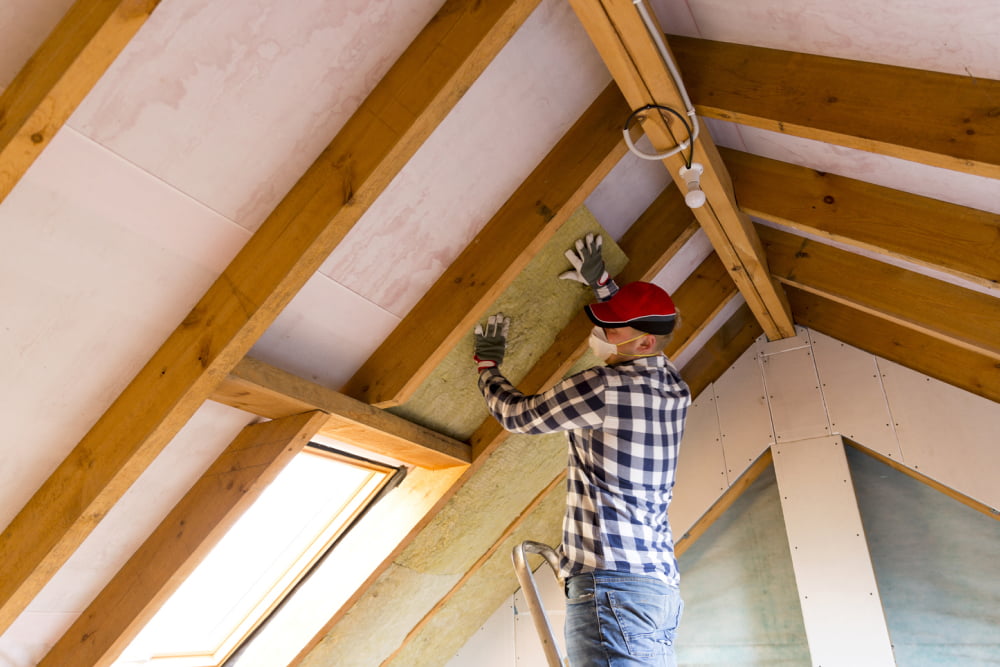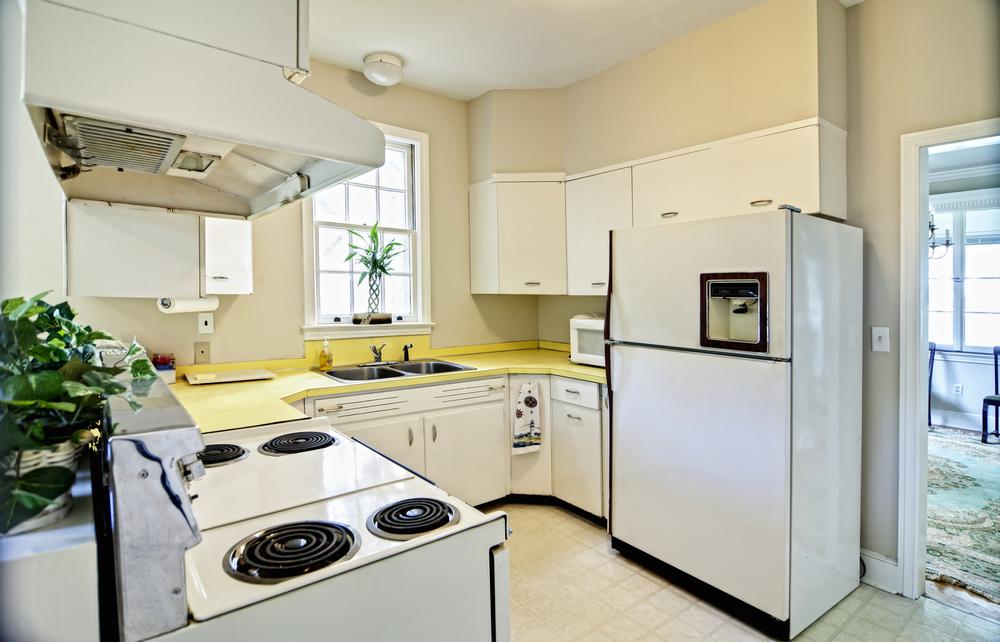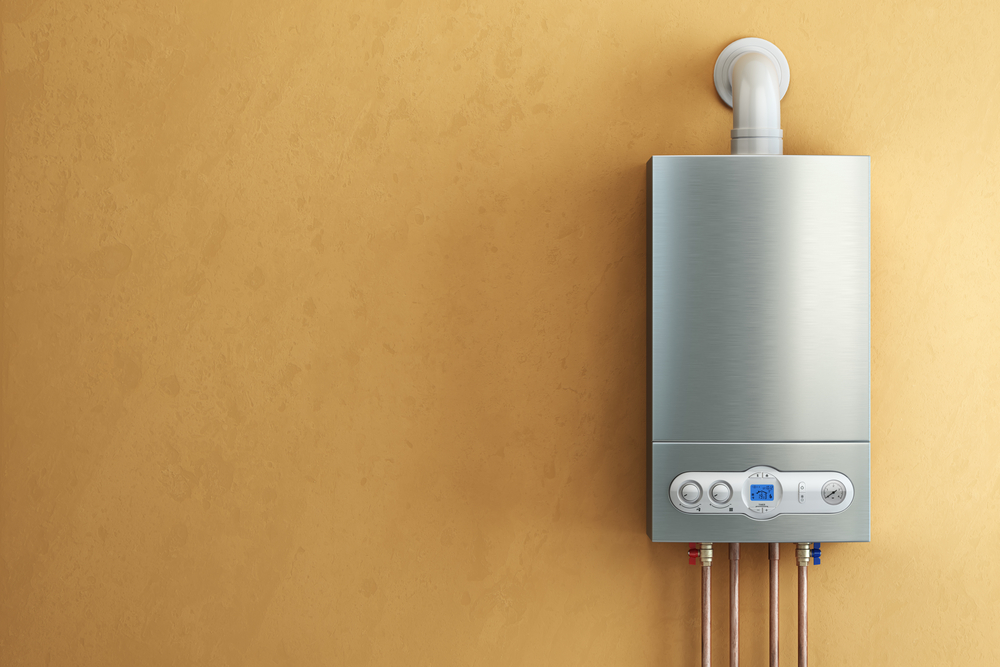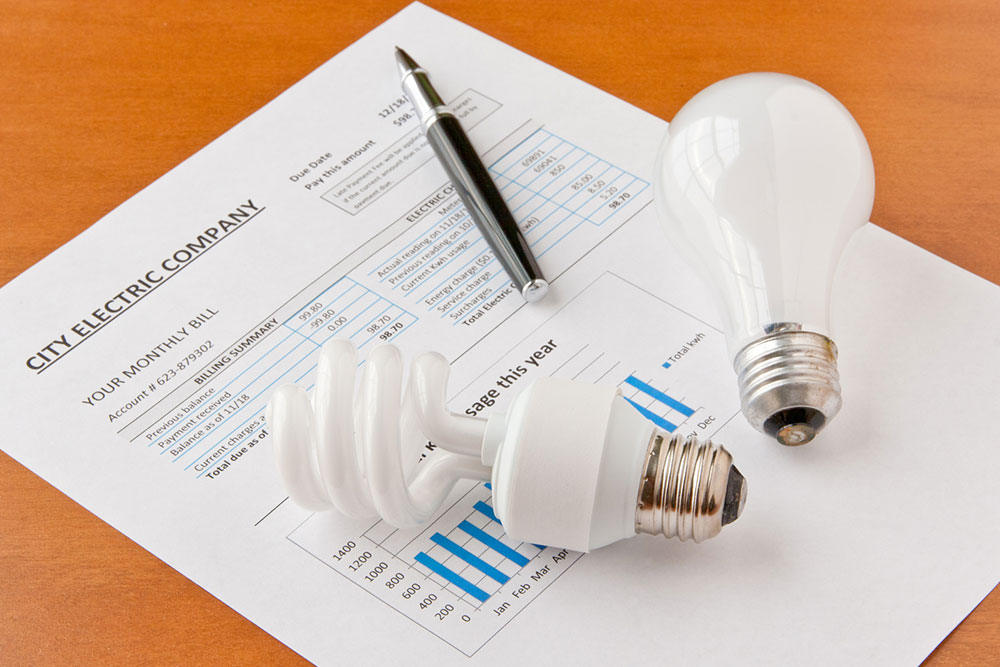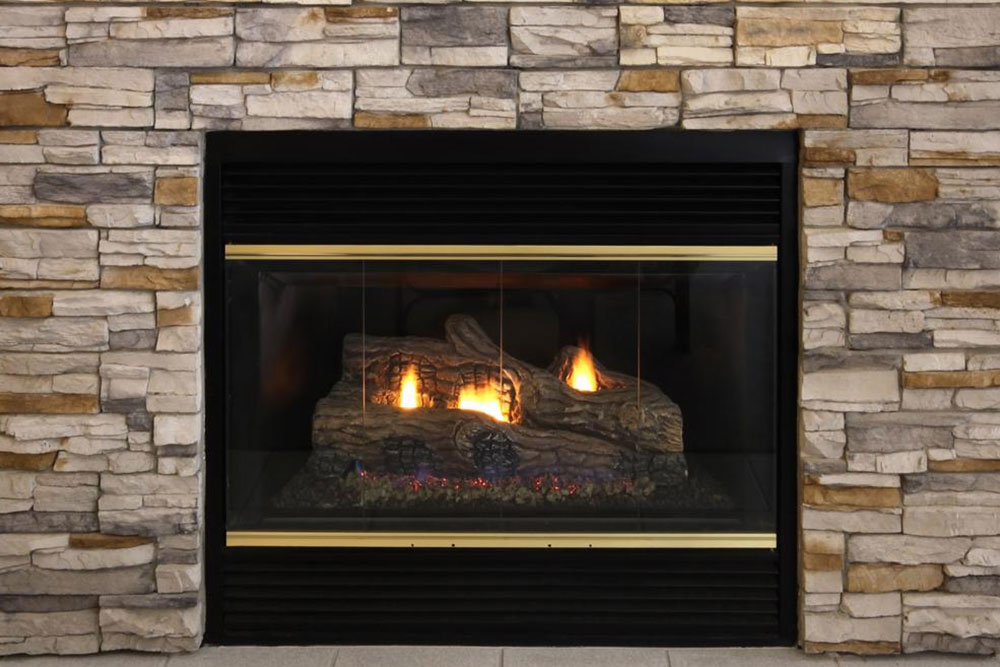Comprehensive Guide to the Top 7 Roof Insulation Strategies for Enhanced Energy Efficiency
Discover the top 7 roof insulation options designed to boost your home's energy efficiency. From spray foam to loose-fill insulation, learn how each method works, their benefits, and tips to select the best provider for your needs. Proper insulation reduces energy costs, maintains indoor comfort, and extends the lifespan of your roof. This comprehensive guide covers various materials, installation advice, and professional service tips to help you make informed decisions and achieve optimal insulation performance.
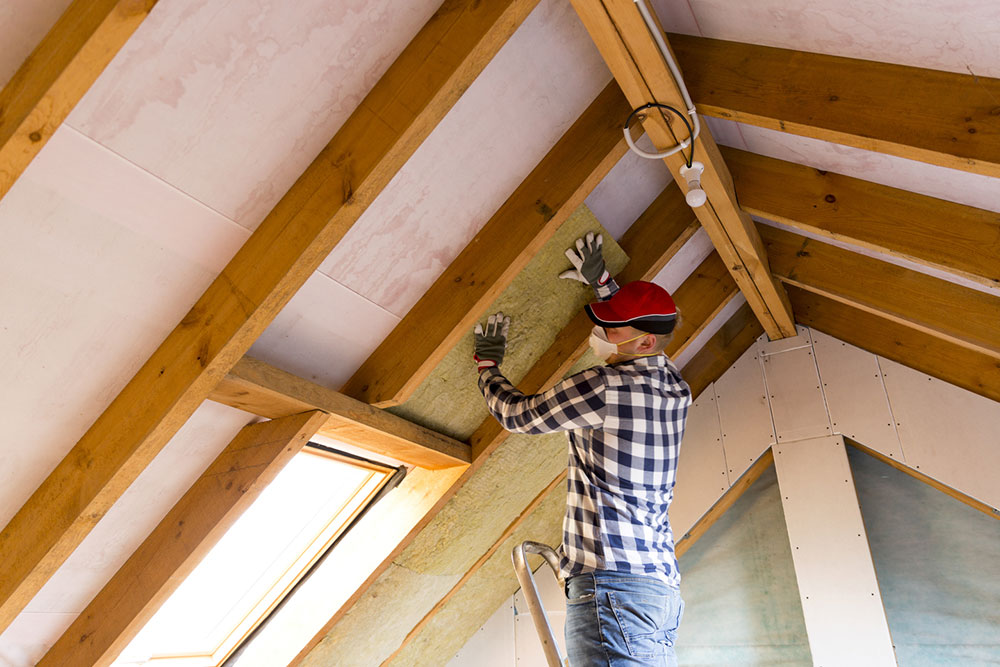
Comprehensive Guide to the Top 7 Roof Insulation Strategies for Enhanced Energy Efficiency
Effective roof insulation is a cornerstone of maintaining a comfortable indoor environment while significantly reducing energy expenses. Research indicates that a substantial portion of heat loss or gain in a building occurs through the roof, emphasizing the importance of selecting the proper insulation method. Proper insulation acts as a thermal barrier, minimizing heat transfer and helping your home stay warm during cold months and cool during hot seasons. Understanding how roof insulation functions and knowing the various options available can empower homeowners and contractors alike to make informed decisions tailored to specific climate conditions and budget constraints.
How Does Roof Insulation Function?
Roof insulation operates by creating a barrier that restricts the movement of heat between the interior of your home and the outside environment. When expertly installed, it prevents warm air from escaping during winter and shields interior spaces from external heat in summer, thus maintaining a consistent and comfortable indoor climate throughout the year. This consistent temperature regulation reduces the reliance on HVAC systems, leading to lower energy bills and increased overall efficiency. The effectiveness of roof insulation depends on factors such as material type, installation quality, and the climate zone in which the building is located.
This thermal barrier significantly limits the exchange of heated and cooled air, ensuring your home remains comfortable while reducing energy consumption. Various roofing materials and insulation techniques are used based on specific climatic conditions, building design, and budget considerations, making it essential to choose the right approach.
Spray Foam Insulation
Spray polyurethane foam (SPF) is a highly effective insulation material, especially popular in attics and roof spaces. This material comes in different densities—low, medium, and high—each suited to specific needs. High-density spray foam offers superior wind resistance and better sealing properties, making it ideal for areas exposed to harsh weather conditions. While SPF provides excellent thermal insulation and air sealing benefits, it tends to be more expensive than traditional options. Homeowners should consider their budget constraints when selecting spray foam, but its efficacy often justifies the initial investment due to energy savings over time.
Fiberglass Batts
Fiberglass batts are among the most common and versatile insulation materials available today. Manufactured from woven glass fibers, these batts are pre-cut into large sheets that can be easily installed within roof cavities or attic spaces. Their design traps air pockets that serve as insulative barriers, preventing heat from escaping during winter and blocking external heat during夏季. While DIY installation is feasible for those with basic carpentry skills, hiring professional installers ensures optimal placement and thorough inspection, ultimately enhancing the insulation's performance and lifespan.
Gypsum Cover Boards
Gypsum boards are not only known for their strength and durability but also serve as an effective insulative layer when used as cover boards. These boards provide additional protection against wind, fire, and hail while enhancing the overall thermal resistance of the roofing system. Their installation involves multiple steps, often requiring professional expertise to ensure proper attachment and sealing. Gypsum cover boards are also a cost-effective option compared to other high-performance insulative materials, offering a balance between durability and affordability.
Structural Insulated Panels (SIPs)
Structural Insulated Panels are prefabricated structural components composed of high-density foam insulation sandwiched between layers of oriented strand board (OSB). SIPs are engineered for rapid installation, often used in new construction or extensive renovations. They provide excellent thermal and moisture resistance, contributing to improved indoor air quality. Proper installation of SIPs enhances the structural integrity and longevity of your roofing system, making them a popular choice among builders seeking energy efficiency and construction speed.
High-Density Polyiso Cover Boards
Polyisocyanurate, commonly known as polyiso, is a high-performance insulation material made from compressed foam. When combined with fiberglass cover sheets, these boards offer high thermal resistance, making them an excellent choice for enhancing roof insulation. Despite their many advantages, including fire, moisture, and mold resistance, polyiso boards may be less effective in extremely cold climates below 50°F. Nonetheless, they significantly boost the overall R-value of your roofing system, contributing to substantial energy savings.
Loose-Fill Insulation
Loose-fill insulation, often made from fiberglass or cellulose, is applied using specialized blown-in equipment, making it ideal for attics and wall cavities that require seamless coverage. It works by trapping air within its fibers, reducing heat transfer and improving thermal performance. Professional installation ensures even distribution and optimal fill levels, preventing gaps that could decrease insulation efficiency. Loose-fill insulation is especially suitable for retrofitting existing structures and irregularly shaped spaces.
Perlite Cover Boards
Perlite, a naturally volcanic mineral treated at high temperatures, becomes a lightweight, fire-resistant, and pest-resistant insulative cover board. Used over other insulation materials, perlite offers additional fireproofing, particularly around vulnerable areas such as chimneys or vents. Its lightweight and flexible nature allow it to be easily installed in tight or irregular spaces. Its resistance to decay and pests also makes it a durable choice for long-term protection of rooftop insulation systems.
How to Select an Expert Roof Insulation Service Provider
Given the technical complexity and importance of correct installation, engaging a professional for your roof insulation project is highly recommended. To ensure you partner with a reputable contractor, start by seeking recommendations from friends and family members who have had similar work done. Verify their licenses, insurance coverage, and certifications to guarantee quality and compliance with safety standards. Request detailed quotes from multiple contractors and clarify the scope of work, including any inspections for underlying issues such as mold, leaks, or structural damage. A professional contractor can assess your specific needs, recommend suitable materials, and carry out the installation efficiently, ensuring your investment enhances your home's energy efficiency for years to come.
